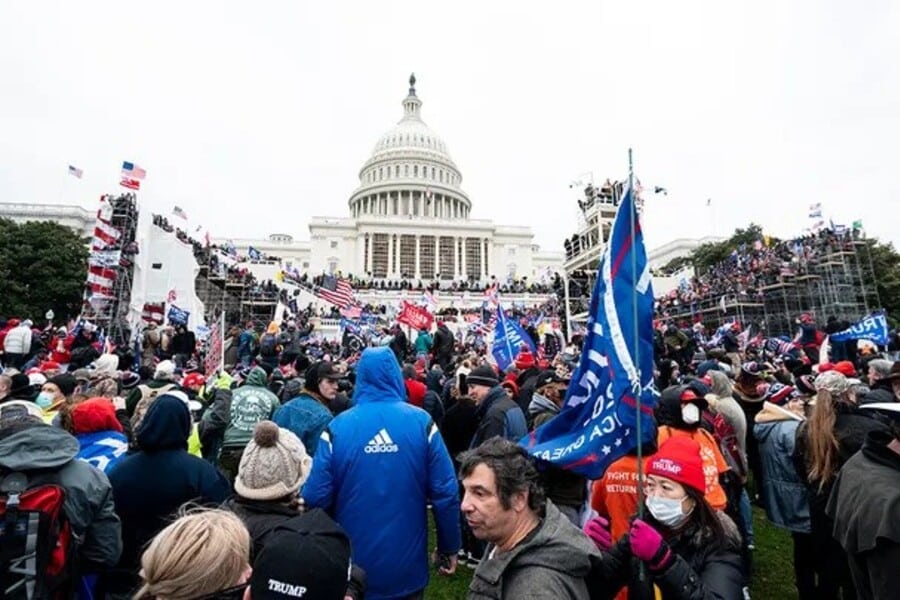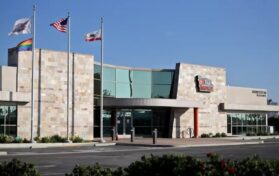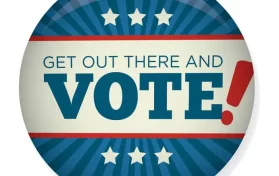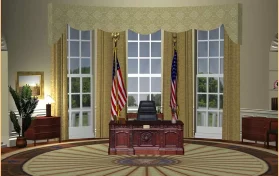
In an unprecedented revelation, the veil of secrecy surrounding the January 6 Capitol riot has been partially lifted, exposing a complex narrative that diverges significantly from the established storyline. New details have emerged from the House Administration’s Subcommittee on Oversight, chaired by Rep. Barry Loudermilk (GA-11), highlighting former President Donald Trump’s efforts to deploy 10,000 National Guard troops to protect the nation’s capital—a move that contradicts previous claims by the January 6 Select Committee.
The controversy centers around a transcribed interview with Anthony Ornato, Trump’s former White House Deputy Chief of Staff, conducted by the January 6 Select Committee in January 2022 but never released to the public. This critical piece of evidence suggests that the Trump administration had anticipated the need for heightened security on January 6, 2021, and had taken steps to ensure the Capitol’s protection against potential violence.
Ornato’s testimony revealed a detailed account of discussions within the Trump administration regarding the deployment of National Guard troops. According to Ornato, then-White House Chief of Staff Mark Meadows had been in communication with Washington, D.C., Mayor Muriel Bowser, ensuring she had all necessary resources at her disposal. Contrary to the committee’s assertion that there was “no evidence” to support claims of the White House seeking National Guard assistance, Ornato’s account provided clear evidence of such efforts, including a specific request for 10,000 troops.
The decision by Mayor Bowser to decline the full extent of assistance offered by the White House, opting instead for a limited deployment of around 350 National Guard members for traffic control and other non-law enforcement capacities, has raised questions about the preparedness and response to the events that unfolded. Despite the refusal, the Trump administration continued to seek ways to ensure adequate security, with Ornato mentioning a request for a “quick reaction force” from the Department of Defense, anticipating the potential for unrest.
As the Capitol breach became a reality, the frustration within the Trump White House over the slow deployment of assistance became palpable. Ornato’s testimony describes urgent calls to Acting Secretary of Defense Christopher Miller to deploy the quick reaction force to secure the Capitol, illustrating a sense of immediate concern and the desire for a swift federal response to the escalating situation.
The release of Ornato’s testimony and the subsequent statements by Rep. Loudermilk underscore a narrative of suppressed evidence by the January 6 Select Committee. The committee, which comprised seven Democrats and two Republicans, including former Reps. Liz Cheney and Adam Kinzinger have been accused of withholding critical witness testimony that contradicted its predetermined narrative. This accusation brings to light the complexities of the investigation and the potential for partisanship to influence the presentation of facts.
Former Rep. Liz Cheney’s spokesperson has countered these revelations, stating that the committee adhered to its obligations to protect sensitive security information and that the Secret Service transcripts were preserved in the archives. Nevertheless, the debate over the committee’s transparency and objectivity continues, with critics arguing that the suppression of key evidence has skewed the public’s understanding of the events leading up to and during the January 6 riot.
This unfolding story not only revisits the chaotic and tragic events of January 6 but also prompts a broader examination of the mechanisms of congressional investigations and the importance of transparency and accountability in crafting the historical record. As the House Administration’s Subcommittee on Oversight delves further into the January 6 committee’s handling of evidence, the American public awaits a more complete understanding of one of the most tumultuous days in recent American history, challenging the narratives that have been constructed and seeking truth amid political strife.





